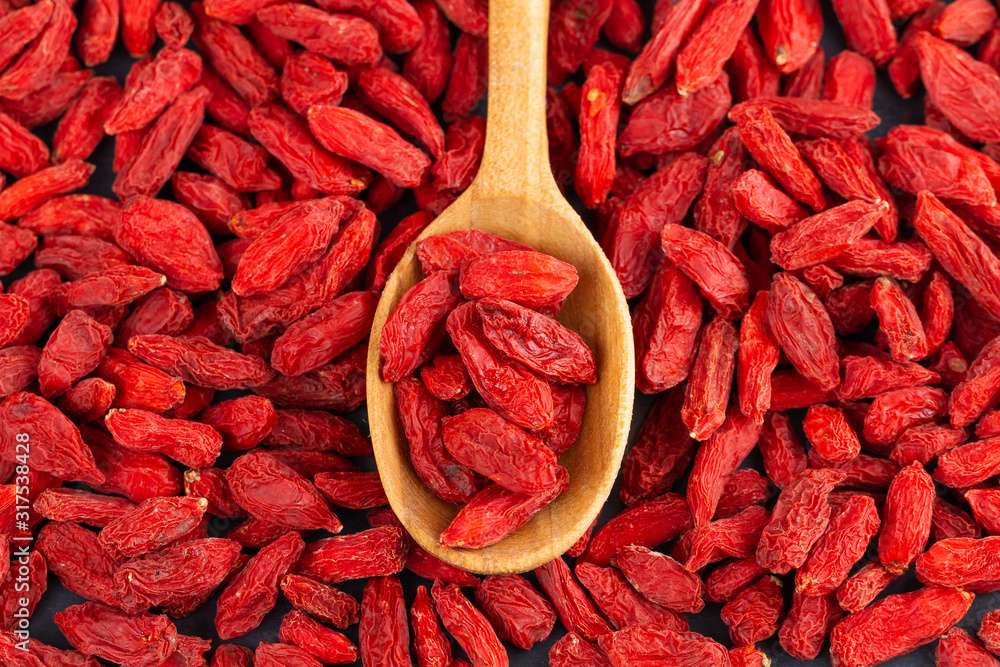Gardening is an art that changes with the seasons. Understanding the unique needs and opportunities each season presents can help you cultivate a thriving garden all year round. Whether you’re a novice or experienced gardener, mastering the essentials of seasonal gardening will enhance your ability to grow healthy, vibrant plants.
As the climate shifts from spring’s fresh beginnings to summer’s full bloom, into autumn’s harvest, and finally winter’s rest, your garden requires different care at each stage. From selecting the right plants for each season to knowing when to prune, fertilize, and harvest, these tips will guide you through the year.
In this comprehensive guide, we will delve into essential seasonal gardening tips that every gardener should know. These insights not only make gardening more efficient but also more enjoyable, ensuring you get the most out of your garden throughout the year.
Ready to transform your garden into a year-round paradise? Visit our website to learn more and get started today!
Spring Gardening Preparation Guide

As winter fades away and the days start to lengthen, it’s time to prepare your garden for spring. This season is all about renewal and growth, making it the perfect time to get your hands dirty and set the stage for a bountiful year. Here are some essential tips to get you started:
- Soil Preparation: Begin by clearing any debris left over from winter. Loosen the soil with a garden fork or tiller and add compost or organic matter to enrich it. Testing your soil’s pH level can also help you determine if any amendments are needed.
- Planting: Early spring is ideal for planting cool-season crops like lettuce, peas, and spinach. As the soil warms up, you can start planting warm-season vegetables such as tomatoes and peppers. Consider starting seeds indoors to get a head start.
- Pruning and Maintenance: Prune any dead or damaged branches from trees and shrubs. This not only improves their health but also their appearance. Clean and sharpen your gardening tools to ensure they are ready for the busy season ahead.
- Pest Control: Keep an eye out for early signs of pests and diseases. Implementing organic pest control methods can help you manage these issues without harming beneficial insects.
- Mulching: Apply a layer of mulch around your plants to help retain moisture, suppress weeds, and regulate soil temperature. Straw, wood chips, and grass clippings make excellent mulches.
By following these spring gardening tips, you’ll lay a strong foundation for a thriving garden that will flourish throughout the year. Remember, the key to successful gardening is preparation and care, so take the time to give your garden the attention it deserves.
Summer Gardening Maintenance Techniques
Summer is the peak growing season for many gardens, but it also brings its own set of challenges. The hot weather can stress plants, and pests are often more active. Here are some essential summer gardening maintenance techniques to keep your garden thriving:
- Watering: During the hot summer months, consistent watering is crucial. Water your garden early in the morning or late in the evening to minimize evaporation. Deep watering encourages roots to grow deeper, making plants more drought-resistant.
- Mulching: Keep your soil cool and moist by maintaining a thick layer of mulch around your plants. This not only helps retain moisture but also suppresses weeds and reduces soil erosion.
- Weeding: Weeds compete with your plants for water and nutrients. Regular weeding is essential to keep them at bay. Mulching can also aid in reducing weed growth.
- Pest Control: Summer pests can be particularly aggressive. Monitor your plants regularly for signs of infestation. Use organic pest control methods, such as neem oil or insecticidal soap, to manage pests without harming beneficial insects.
- Fertilizing: Summer is a great time to give your plants a nutrient boost. Use a balanced, slow-release fertilizer to provide your plants with essential nutrients throughout the growing season.
- Pruning: Remove dead or diseased foliage to prevent the spread of disease. Pruning also encourages healthy growth and can improve air circulation, reducing the risk of mold and mildew.
- Shade Protection: In extreme heat, some plants may benefit from shade cloth or row covers to protect them from intense sunlight and reduce heat stress.
By following these summer gardening maintenance techniques, you can help your garden withstand the heat and continue to thrive. Remember, a little extra care during the summer months can make a big difference in the health and productivity of your garden.
Fall Garden Cleanup and Planting Tips

As the weather begins to cool and the days shorten, fall is the perfect time to prepare your garden for the coming winter and the next growing season. Here are some essential fall garden cleanup and planting tips:
- Remove Dead Plants: Start by clearing out any dead or diseased plants from your garden beds. This helps prevent the overwintering of pests and diseases that can harm your garden in the spring.
- Compost Leaves: Fallen leaves are a valuable resource. Instead of sending them to the landfill, add them to your compost pile. Shredded leaves break down faster and make an excellent organic mulch.
- Clean and Store Tools: Before the onset of winter, clean your gardening tools to prevent rust and prolong their lifespan. Sharpen blades and oil any moving parts. Properly store them in a dry place.
- Soil Preparation: Enrich your soil by adding compost or well-rotted manure. This enhances soil structure and fertility, ensuring your garden is ready for spring planting. Fall is also a good time to test your soil’s pH and adjust it if necessary.
- Plant Cover Crops: Cover crops, like clover or winter rye, can be sown in the fall to protect and enrich the soil. They help prevent erosion, suppress weeds, and add organic matter when turned under in the spring.
- Mulch Perennials: Protect your perennial plants by adding a layer of mulch around their bases. This helps insulate the roots from extreme temperature fluctuations and retains soil moisture.
- Planting Bulbs: Fall is the ideal time to plant spring-blooming bulbs like tulips, daffodils, and crocuses. Plant them at the recommended depth, and you’ll be rewarded with beautiful blooms when spring arrives.
- Prune Trees and Shrubs: Pruning in the fall can help shape your trees and shrubs and remove any dead or diseased branches. Be cautious not to prune spring-flowering shrubs, as you might remove next year’s flower buds.
By investing a little time in fall garden cleanup and planting, you’ll set the stage for a healthy and productive garden in the spring. These practices not only prepare your garden for winter but also give you a head start on the next growing season.
Winter Garden Care and Protection

Winter can be a challenging time for gardens, but with the right care and protection, you can ensure your plants survive and even thrive during the colder months. Here are some essential tips for winter garden care and protection:
- Insulate with Mulch: One of the most effective ways to protect your garden during winter is by adding a thick layer of mulch. Mulch acts as an insulator, keeping the soil temperature stable and protecting plant roots from freezing. Use straw, leaves, or wood chips to cover the soil around your plants.
- Protecting Evergreens: Evergreens can suffer from winter burn due to dry winds and frozen ground. To protect them, wrap the shrubs in burlap or use anti-desiccant sprays. Watering evergreens well before the ground freezes can also help them retain moisture.
- Winter Watering: While many plants go dormant in winter, they still need moisture. Water your garden thoroughly before the first hard freeze and continue to water during dry spells if the ground is not frozen.
- Construct Windbreaks: Harsh winter winds can damage plants. Erect temporary windbreaks using burlap screens, wooden fences, or even snow fencing to shield your garden from the wind.
- Cover Crops: If you planted cover crops in the fall, let them continue to grow through the winter. They provide ground cover that prevents erosion and can be turned into the soil in spring to enrich it.
- Protecting Delicate Plants: For plants that are particularly sensitive to cold, you can use cloches, cold frames, or row covers. These structures help trap heat and protect plants from frost.
- Prune Dormant Plants: Winter is a good time to prune deciduous trees and shrubs while they are dormant. This reduces the risk of disease and makes it easier to see the plant’s structure.
- Keep an Eye on Pests: Some pests can still be active in winter. Check for signs of damage and take appropriate measures to protect your plants. Use organic pest control methods to keep your garden healthy.
By taking these steps, you can ensure that your garden is well-protected during the winter months. This preparation will help your plants survive the cold and be ready to flourish when spring arrives.
Year-Round Gardening Success Strategies

Achieving a thriving garden all year round requires a combination of planning, maintenance, and adaptability. Here are some key strategies to ensure your garden is successful throughout the seasons:
- Plan and Rotate Crops: Planning is crucial for year-round gardening. Create a planting calendar that includes crop rotation to prevent soil depletion and reduce pest infestations. Rotating crops also helps balance the nutrients in your soil.
- Seasonal Planting: Choose plants that thrive in different seasons. For example, plant cool-season crops like lettuce and spinach in early spring and fall, and warm-season crops like tomatoes and peppers in late spring and summer. This ensures a continuous harvest.
- Soil Health: Healthy soil is the foundation of a successful garden. Regularly add organic matter such as compost or aged manure to improve soil structure and fertility. Conduct soil tests to monitor pH levels and nutrient content, and amend the soil as needed.
- Water Wisely: Efficient watering is key to garden success. Use drip irrigation or soaker hoses to deliver water directly to the roots, reducing water waste. Water early in the morning to minimize evaporation and prevent fungal diseases.
- Protect and Mulch: Mulching is beneficial year-round. In summer, mulch helps retain soil moisture and suppress weeds. In winter, it insulates plant roots and protects them from freezing. Organic mulches also decompose over time, adding nutrients to the soil.
- Integrated Pest Management (IPM): Use IPM techniques to manage pests sustainably. Encourage beneficial insects, practice crop rotation, and use organic pest control methods to keep pest populations in check without harming the environment.
- Extend the Growing Season: Use season extenders like row covers, cold frames, and greenhouses to protect plants from extreme weather and extend your growing season. These tools can help you start planting earlier in spring and continue harvesting later into fall.
- Regular Monitoring: Keep a close eye on your garden. Regularly inspect plants for signs of stress, disease, or pest infestations. Early detection and intervention can prevent minor issues from becoming major problems.
By implementing these strategies, you can enjoy a productive and healthy garden throughout the year. Remember that continuous learning and adaptation are key to gardening success.
Visit our website to learn more and get started today! Click here.
Subscribe to our newsletter to get information delivered to your inbox on homesteading, growing food, food preparation, travel, fishing, and more.











